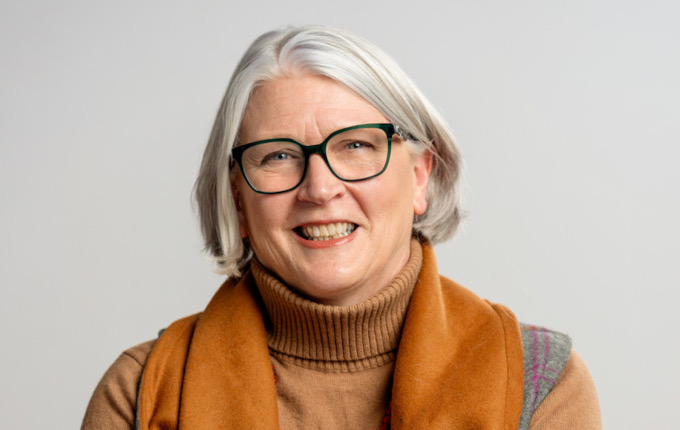Stephanie Weston has had a diverse career, working in investment roles across super funds, insurers, and central banks.. She is now drawing on the experience gained from these roles to contribute to Dutch pension fund PGGM’s development of total portfolio management thinking
Register to Access this Exclusive [i3] Insights Article
Create a free account to access exclusive interviews with asset owners, revealing insights on investment strategies, market trends, and portfolio allocations.
If you already have an account you can Login .
If you have any issues registering an account please send us an email at [email protected].


